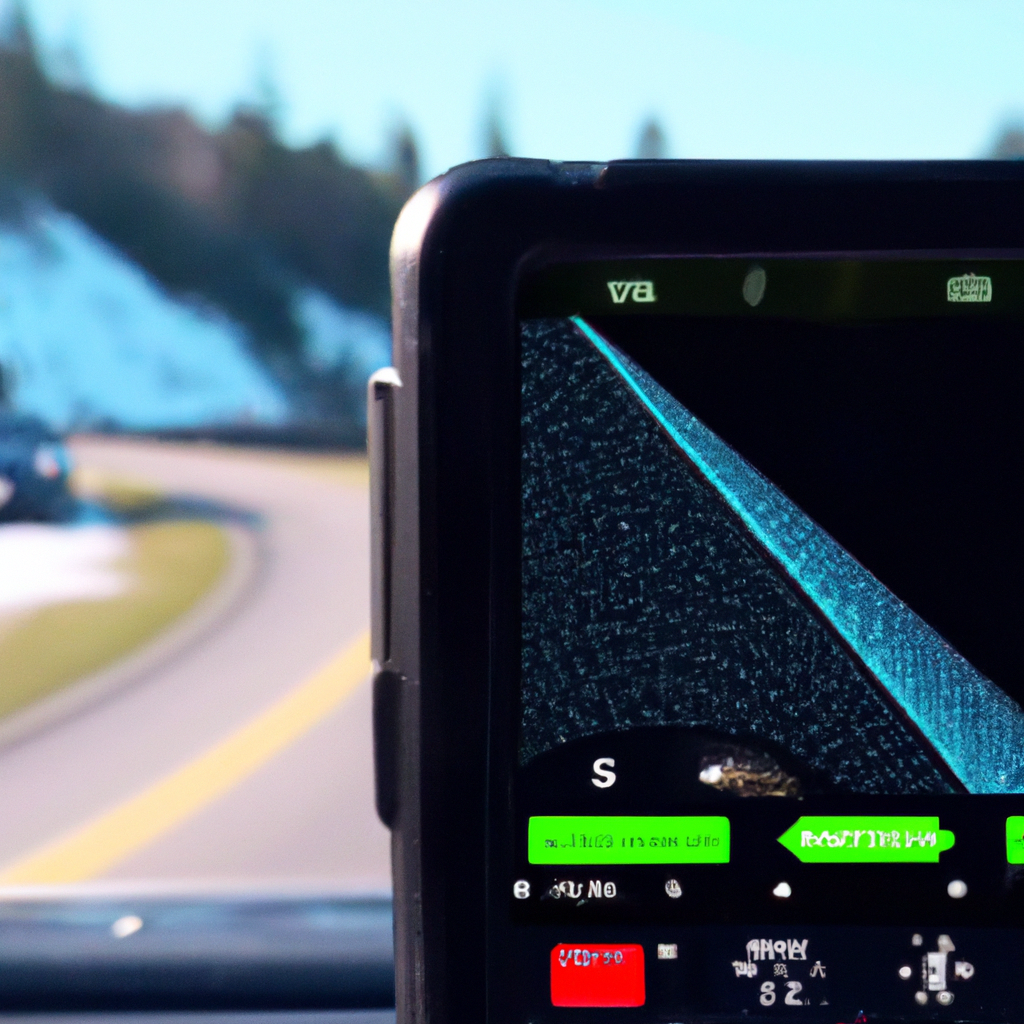Radar detectors are devices that are designed to alert drivers of the presence of police radar signals. They are commonly used by drivers who want to avoid speeding tickets or other traffic violations. In this article, we will explore the technology behind radar detectors and how they work.
How Radar Detector Works
Radar detectors are designed to detect radar signals emitted by police radar guns. These radar signals are high-frequency radio waves that are used by police officers to measure the speed of vehicles. When a radar detector detects a radar signal, it emits an alert to the driver, allowing them to adjust their speed accordingly.
Radar Detector Technology
Most modern radar detectors use a technology called superheterodyne, which is a type of radio frequency (RF) receiver. The superheterodyne technology works by converting the high-frequency radar signal into a lower frequency that can be easily processed by the detector’s electronics. This conversion is done by mixing the radar signal with a local oscillator signal, which produces a new frequency that is equal to the difference between the two original frequencies.
The newly generated frequency is then amplified and filtered to remove any unwanted noise or signals. Finally, the filtered signal is processed by the detector’s microprocessor, which determines whether the signal is a radar signal or not. If it is a radar signal, the detector will emit an alert to the driver.
Police Radar Detection
Police radar guns emit radar signals at a specific frequency band. Most radar detectors are designed to detect signals in this frequency band, which is typically between 10 and 35 GHz. However, some radar detectors are also capable of detecting signals in other frequency bands, such as X-band and K-band.
X-band radar signals operate at a frequency of 10.5 GHz, while K-band signals operate at a frequency of 24.15 GHz. Some newer radar detectors are also capable of detecting Ka-band signals, which operate at a frequency of 34.7 GHz. By detecting signals in multiple frequency bands, radar detectors can provide more comprehensive coverage and alert drivers to a wider range of radar signals.
Radar Detector Reviews
When shopping for a radar detector, it is important to read reviews from other users to get an idea of the detector’s performance and reliability. Many websites offer radar detector reviews, which can help drivers make an informed decision about which detector to purchase.
Radar Detector Buying Guide
When buying a radar detector, there are several factors to consider. One of the most important factors is the detector’s sensitivity, which determines how well it can detect radar signals. A more sensitive detector will be able to detect signals from a greater distance, giving drivers more time to slow down and avoid a ticket.
Another important factor is the detector’s range, which determines how far away it can detect radar signals. A detector with a longer range will be able to detect signals from a greater distance, which can be helpful on highways and other open roads.
Finally, it is important to consider the detector’s features, such as GPS capability, voice alerts, and filtering options. These features can help drivers customize their radar detector to their specific needs and preferences.
Conclusion
Radar detectors are an important tool for drivers who want to avoid speeding tickets and other traffic violations. By detecting police radar signals, they can alert drivers to slow down and avoid getting caught. When shopping for a radar detector, it is important to consider factors such as sensitivity, range, and features, and to read reviews from other users to make an informed decision.







